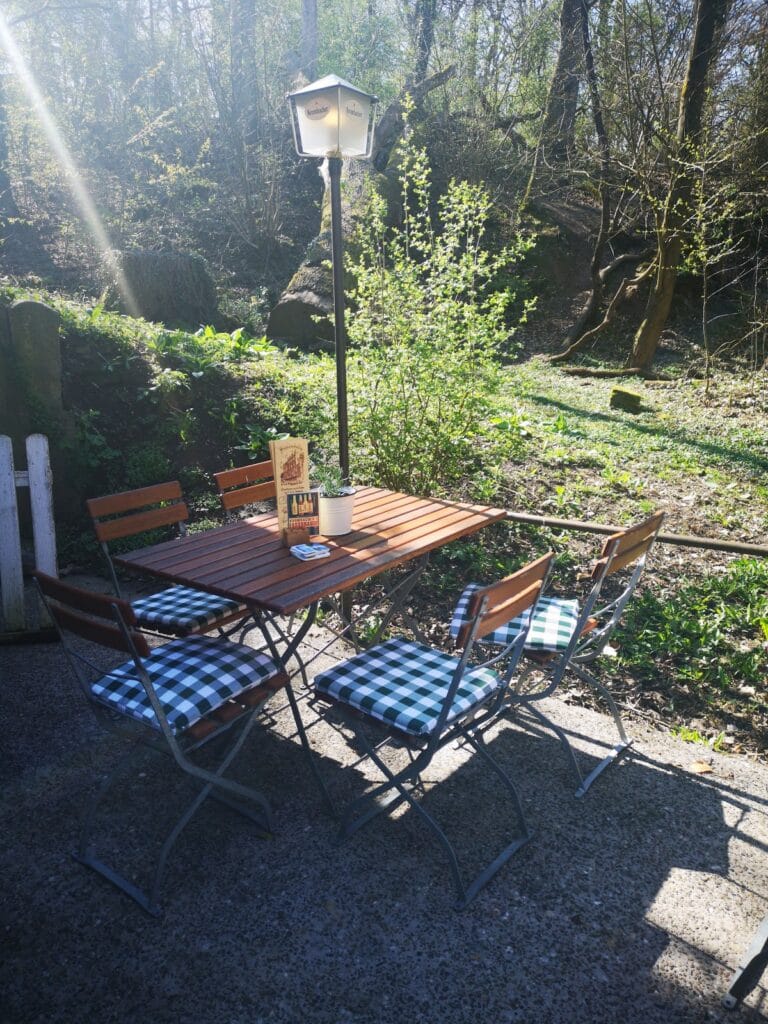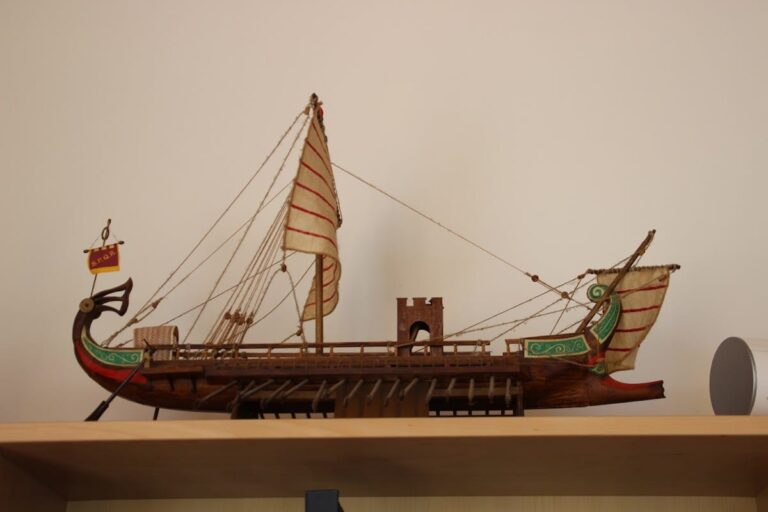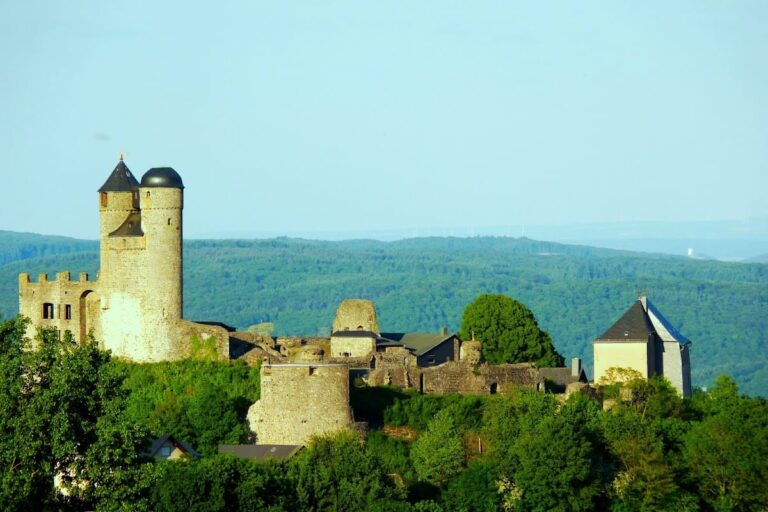Gleiberg Castle: A Historic Medieval Fortress in Wettenberg, Germany
Visitor Information
Google Rating: 4.6
Popularity: Medium
Google Maps: View on Google Maps
Official Website: www.burggleiberg.de
Country: Germany
Civilization: Unclassified
Remains: Military
History
Gleiberg Castle stands on a hill in the municipality of Wettenberg, Germany, and was originally established by the early medieval Conradine family. Its initial purpose was to serve as a fortress, likely constructed by Otto, the brother of King Conrad, to secure the region against the Popponen, a rival group in the area.
By the mid-10th century, specifically in 949, the castle became the residence of Heribert of Wetterau, who ruled the County of Gleiberg. Upon his death, ownership passed through his daughter to her husband Friedrich, who founded the Luxembourg comital line. The castle is also thought to be the possible birthplace of Empress Kunigunde around 980, connecting the site to imperial history.
The early 12th century brought conflict when King Henry V captured and destroyed the stronghold in 1103. Following this, the castle was rebuilt during the 12th century after the Luxembourg counts divided into a second Gleiberg branch. Later in the 12th century, control of the castle was split between Hartrad II of Merenberg, who took the western half, and the Counts Palatine of Tübingen, who held the eastern section. Eventually, the Merenberg family acquired the entire castle, maintaining it for approximately 150 years.
In the 14th century, with the extinction of the Merenberg line, Gleiberg Castle passed to the House of Nassau-Weilburg. It then served as the administrative center for what was known as the “Lands an der Lahn,” although it no longer functioned as a residential seat. The castle suffered destruction again in 1646 during the Thirty Years’ War when troops loyal to Landgravine Amalie Elisabeth of Hesse-Kassel set it ablaze. After this event, the castle was not reconstructed since its military role had diminished.
In the 19th century, specifically in 1816, Gleiberg Castle changed ownership from the Duchy of Nassau to the Kingdom of Prussia through a territorial exchange. During the 18th and 19th centuries, the castle ruins became a significant gathering place for students from the nearby University of Gießen, who often used the site for protests and meetings.
Adjacent to the castle, an inn known since at least the 16th century as “Zur Spießpforte” was renamed “Zum schwarzen Walfisch” around 1860. This inn played a notable role in local student life, serving as the founding location for the Gießener Wingolf student fraternity in 1852 and the Gesangverein “Hermanus” Gleiberg singing society in 1879. On May 7, 1870, the castle ruins themselves hosted the founding of the Gießener Freier Studentenverein, now known as the Gießener Burschenschaft Adelphia. Since 1879, a local organization called the Gleibergverein has owned the ruins and has been in charge of their upkeep and preservation.
Remains
The ruins of Gleiberg Castle are arranged on a hilltop and comprise two main sections: an older upper castle founded around the mid-10th century and a lower castle added in the 16th century. The complex is enclosed by a ring wall, and it is positioned so that the upper castle could be defended independently on its slightly raised ground.
One of the most striking features is the bergfried, or keep, constructed around 1200. This tall tower rises approximately 30 meters and is notable for its thick walls and a rounded outer protective wall known as a mantelmauer. At the original elevated entrance, located 15 meters above ground level, the tower has a diameter near 12 meters, which narrows slightly toward the upper sections. The ground-level entrance has walls about four meters thick, emphasizing its defensive purpose. Inside, the bergfried contains a concrete staircase with 150 steps leading up to an observation platform. This climb begins with a left-turning spiral staircase of 54 steps. The interior space widens from a base diameter of 3.7 meters to 5.7 meters near the platform, providing more room near the top. Visitors to the platform are protected by a metal grid shaped like a pyramid over a glazed floor opening, and motion-activated lamps line the stairway. Fixed on the platform is a telescope that offers sweeping views over the Gießen basin toward surrounding mountain ranges such as the Vogelsberg, Westerwald, and Taunus. The bergfried underwent complete restoration in 2013 and remains in very good condition.
The ruins of the palas, the main residence of the castle dating from the 13th century, stand nearby. These remains include a still-standing gable wall featuring pointed arch doorways, a characteristic element of medieval architecture. Light slits for cellar vaults can also be seen, indicating the structure’s functional design. Such features hint at the residential and administrative use of this part of the castle complex.
The lower castle, dating from its construction in the 16th century, includes a courtyard building that has been repurposed as a restaurant named “Burg Gleiberg.” The complex overall shows continuity of use and adaptation over centuries, combining medieval foundations with later additions. The preservation efforts of the Gleibergverein since the late 19th century have helped maintain these historic features, allowing the layered history of the site to be experienced today.










